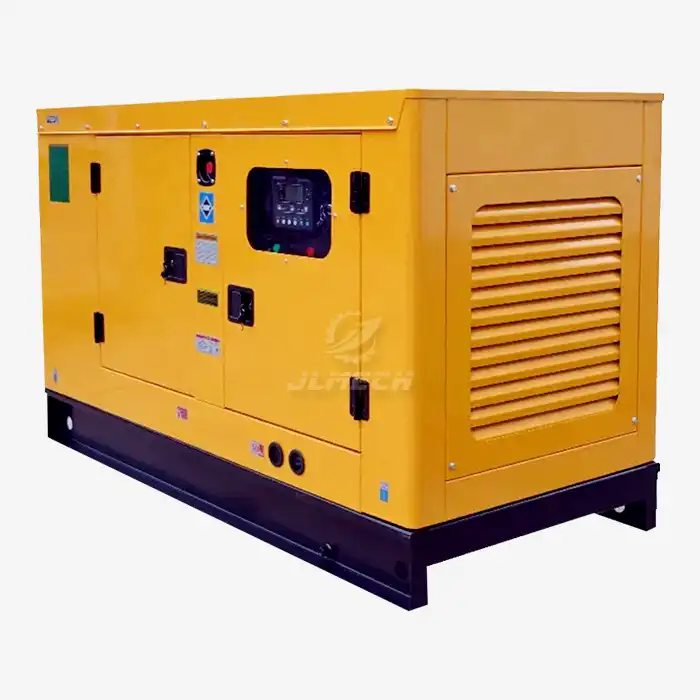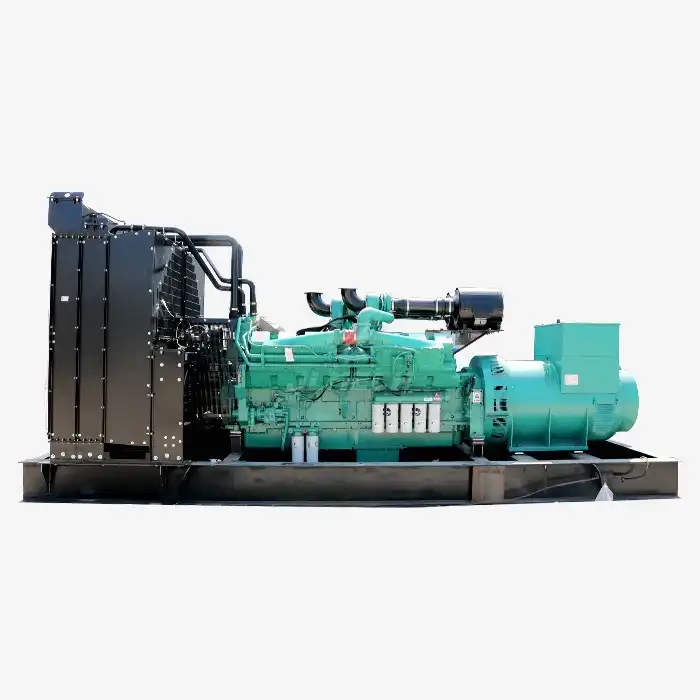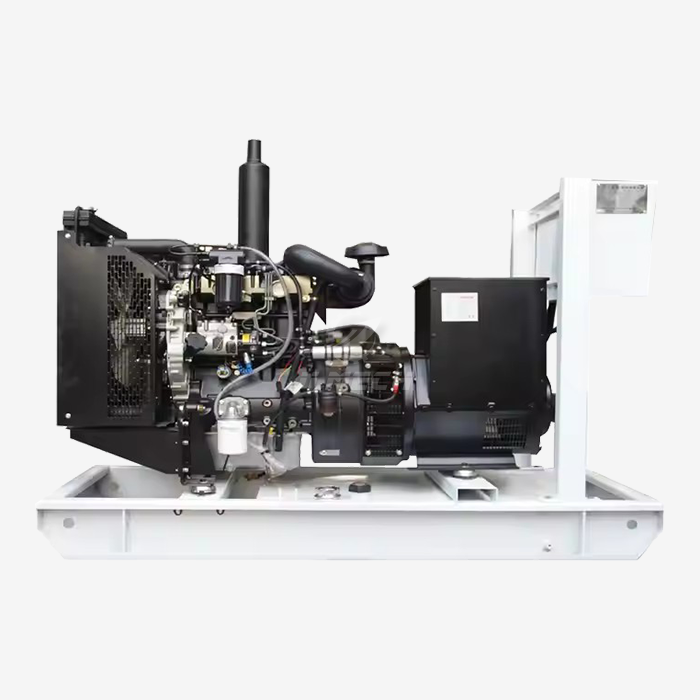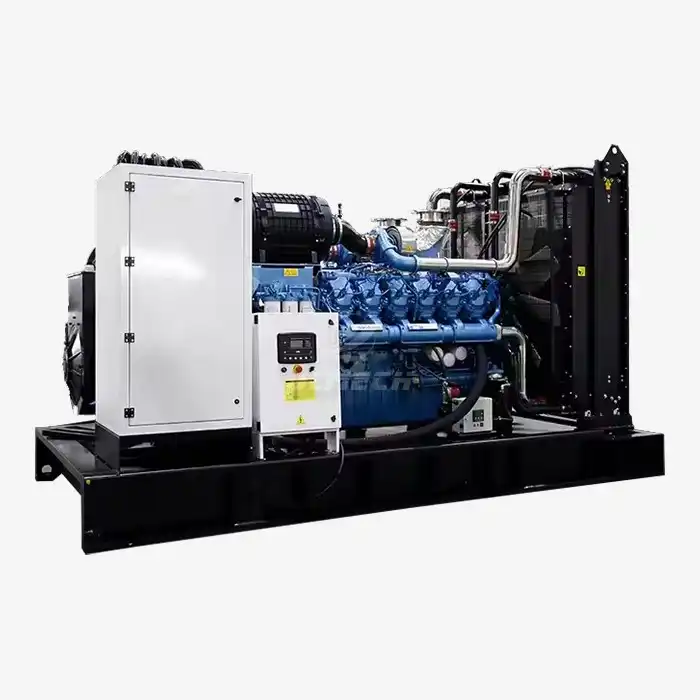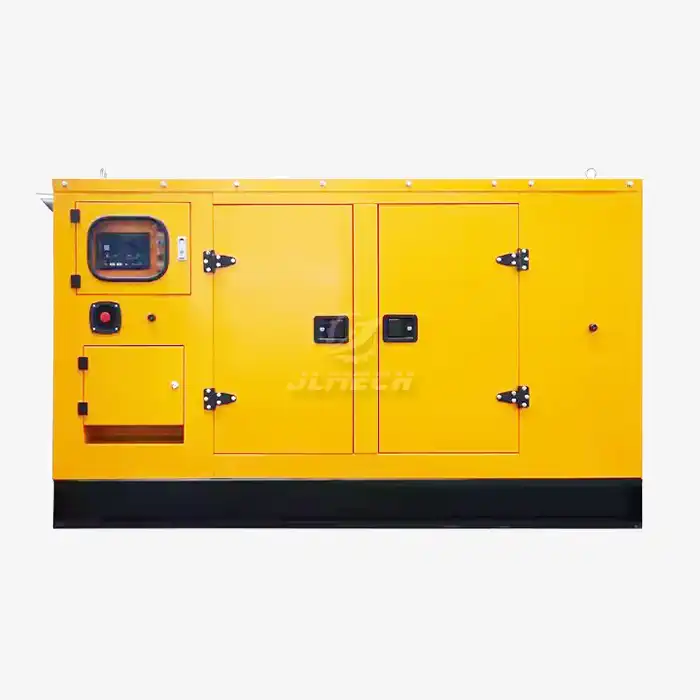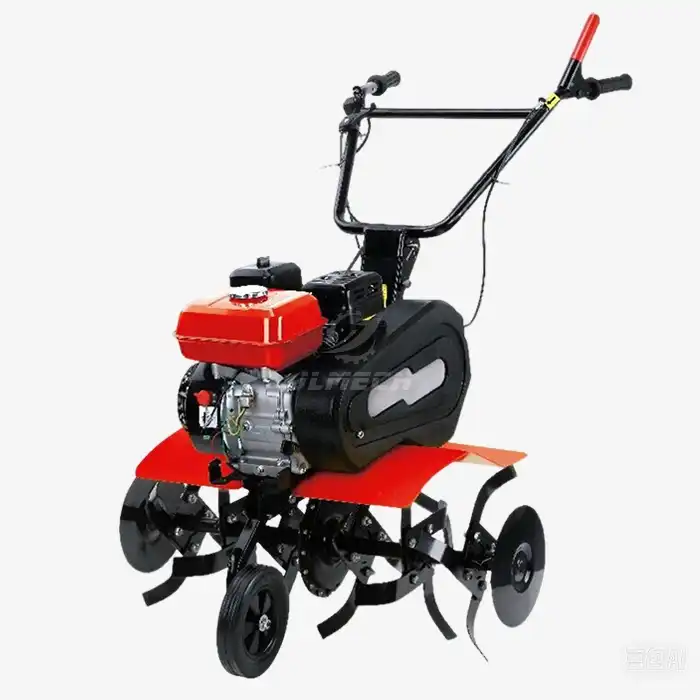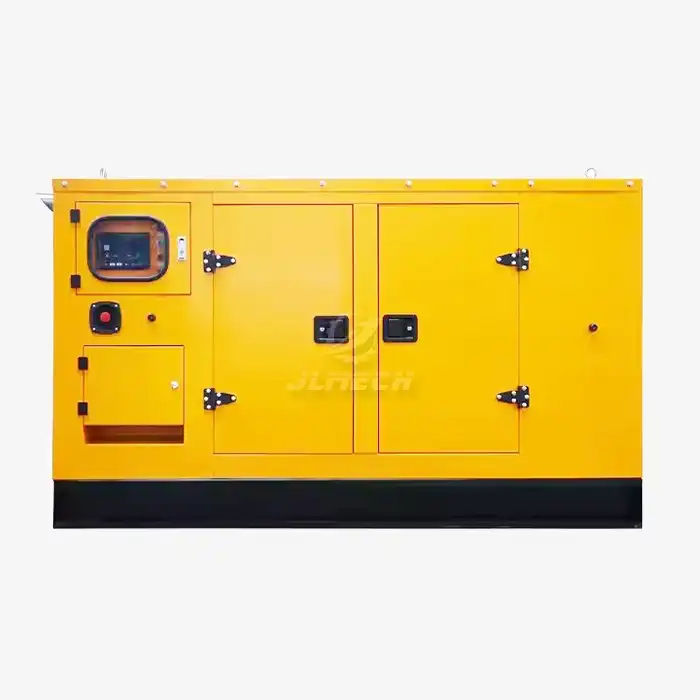What are the effects of wet stacking on diesel generators?
Wet stacking is a frequent problem that may have a big effect on how well 3 phase diesel generators work and how long they last. This issue happens when diesel engines run with low loads or for long periods of time without getting to the right operating temperatures. Wet stacking may have very bad impacts for diesel generators, such as lower efficiency, higher maintenance expenses, and even engine failure. It is very important for anyone who runs industrial power systems, construction sites, or emergency backup generators to know about and stop wet stacking to keep the power supply stable and save downtime. Let's examine wet stacking's causes, effects, and prevention in diesel generator operations.

Understanding wet stacking: Causes and symptoms
A 3 phase diesel generator that operates at low loads for a long time, usually less than 40% of its rated capacity, may cause wet stacking. Thus, the engine doesn't get hot enough to work well, so the gas doesn't burn completely. This process causes unburned gasoline, water vapour, and carbon particles to build up in the exhaust system, creating a black, oily material that may "stack up" in the exhaust pipes. This is why the phrase "wet stacking" is used.
Common causes of wet stacking:
- Prolonged operation at low loads
- Oversized generators for the applied load
- Frequent short-duration runs
- Poor maintenance practices
- Faulty fuel injectors or engine components
Recognizing the symptoms:
- Black, oily residue around the exhaust stack
- Excessive smoke from the exhaust, particularly during startup
- Decreased fuel efficiency
- Rough idling or unstable engine performance
- Visible fuel drips from the exhaust system
Finding these signs early is crucial to stop your diesel power generator from becoming worse. Regular checks and monitoring of engine performance may help identify moist stacking before it leads to significant issues.
Impact on generator performance and lifespan
Wet stacking may have a big effect on how well diesel generators work and how long they last. Operators need to know about these effects in order to understand how important it is to avoid them and respond quickly when they do happen.
Reduced engine efficiency:
When unburned fuel builds up in the exhaust system, it may cause more back pressure. This makes the engine work harder, which lowers its power production and fuel economy. This inefficiency might cause greater fuel use and higher running expenses over time.
Accelerated wear and tear:
Unburned gasoline and carbon deposits may make engine parts wear out faster. Some of these parts are:
- Piston rings
- Cylinder liners
- Valve stems
- Turbocharger components
This faster wear might make your generator last a lot less time and need repairs and replacements more often.
Increased maintenance requirements:
Generators that have been damp stacked frequently need more regular and thorough maintenance. This means that the oil needs to be changed more frequently because unburned gasoline can contaminate it, reducing its effectiveness as a lubricant. The exhaust system may need more frequent cleaning to remove built-up residue.
Potential for engine failure:
In extreme circumstances, long-term wet stacking might cause the engine to fail completely. Hydrolock may happen when too much unburned gasoline builds up in the cylinders. This scenario happens when liquid fuel stops the pistons from moving properly, which can bend connecting rods or shatter engine blocks.
Jlmech knows how important these problems are and builds its 3 phase diesel generators with cutting-edge technology to lower the chance of wet stacking. Our generators have smart load control and exhaust temperature monitoring built in to ensure that the engine runs at its best even when the load changes.
Preventing wet stacking: Best practices for operators
To ensure your diesel generator operates efficiently and lasts a long time, it is essential to implement effective methods to prevent wet stacking. Here are some important considerations for operators:
Proper generator sizing:
Make sure that your generator is the right size for your power demands. A generator that is too big is more likely to operate at low loads, which makes wet stacking more probable. To figure out how much power you really need and choose the correct generator size, work with expert providers like Jlmech.
Regular load bank testing:
Running your generator at full load with a load bank every so often will assist in getting rid of carbon deposits that have built up and keep the engine at the right temperature. This is especially crucial for backup generators that don't often run at full capacity.
Implement proper maintenance schedules:
Follow the maintenance regimens that the manufacturer suggests, which include:
- Regular oil and filter changes
- Fuel system inspections
- Exhaust system cleaning
- Checking and adjusting fuel injectors
Monitor and manage load levels:
Aim to operate your generator at a minimum of 50-70% of its rated capacity whenever possible. If your power needs fluctuate, consider using multiple smaller generators that can be cycled on and off as needed, rather than running a single large generator at low loads.
Utilize advanced control systems:
Modern generator control systems can help manage load levels and engine temperatures more effectively. Jlmech's diesel power generators feature sophisticated control panels that monitor engine parameters and can adjust operation to prevent wet stacking conditions.
Jlmech offers a range of 3 phase diesel generators designed to meet diverse power needs while minimising the risk of wet stacking. Engineered for optimal performance across various load conditions, our generators are ideal for industries requiring a reliable, continuous power supply.
Key features of Jlmech's generator 3 phase diesel:
- AC Output: 20-3000 kW
- Rated AC Voltage: 400/230V
- Frequency: 50 Hz/60 Hz
- Engine Speed: 1500-3000 RPM
- Type: Silent/Open Frame options available
- Cooling Method: Water Cooling
- Starting Method: Electric Starting
- Certifications: CE/Euro 5/EPA/CARB compliant
Our generators are equipped with advanced voltage regulation and noise-reduction technology, ensuring stable power output and quiet operation (65-75 dB) even in challenging environments. With power outputs ranging from 50 kVA to 2000 kVA and customisable features like extended fuel tanks and remote monitoring capabilities, JLMECH's generators are designed to meet the specific needs of various industries, from construction and healthcare to data centres and remote facilities.
Conclusion
To keep diesel generators running well, reliably, and for a long time, it's important to know what wet stacking is and how to stop it. Operators may greatly lower the danger of wet stacking and make sure their generators work at their best by using the right size, doing regular maintenance, and managing loads smartly.
Choosing the proper generator partner is crucial for businesses that need electricity all the time. Jlmech has been in the power solutions business for 29 years and makes cutting-edge 3 phase diesel generators that are intended to work reliably and avoid problems like wet stacking. We have a wide choice of generators, and with assistance and knowledge from across the world, companies in many different fields may discover the right power solution for their requirements.
Don't allow wet stacking to make your electricity less reliable. To find out more about our sophisticated diesel generator solutions and how we can help you improve your power generation strategy, email Jlmech at skala@whjlmech.com now. When you purchase a generator from Jlmech, you're not just getting a machine; you're getting a power partner that wants your business to succeed.
References
1. Johnson, M. E. (2019). Diesel Generator Maintenance: Preventing Wet Stacking and Other Common Issues. Power Engineering Journal, 45(3), 78-85.
2. Smith, R. T., & Brown, L. K. (2020). The Impact of Load Management on Diesel Generator Efficiency and Lifespan. International Journal of Power Systems, 12(2), 201-215.
3. Anderson, P. J. (2018). Advanced Control Systems for Optimal Diesel Generator Performance. Proceedings of the IEEE Power and Energy Conference, 567-574.
4. Garcia, S. L., & Martinez, E. R. (2021). Wet Stacking in Diesel Engines: Causes, Effects, and Prevention Strategies. Journal of Engine Research, 33(4), 412-425.
5. Thompson, D. W. (2017). Best Practices for Diesel Generator Maintenance in Industrial Applications. Industrial Power Systems Handbook (3rd ed., pp. 289-306). Technical Publishing Co.
6. Lee, H. S., & Park, J. Y. (2022). Comparative Analysis of Wet Stacking Prevention Methods for Standby Generators. Energy Conversion and Management, 58, 135-147.



